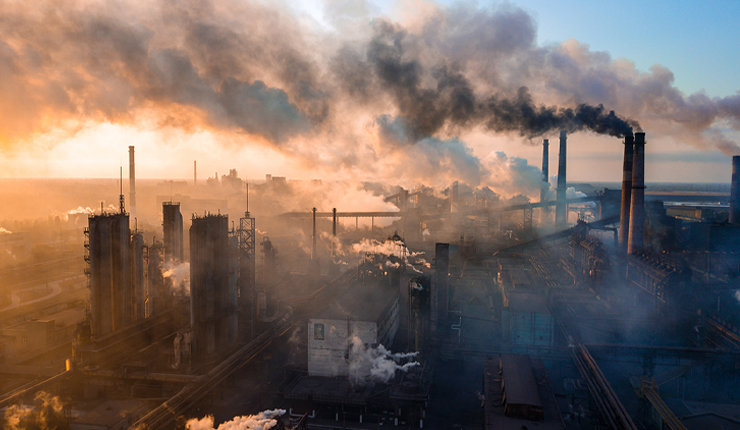International Energy Agency (IEA) analysis published on Thursday shows that communities have emitted more carbon dioxide to reach 36.8 gigatons in 2022, rose by under 1 percent– less than initially feared.
This came as a result of many Asian countries having to switch from natural gas to coal in order to avoid the increased cost of natural gas caused by the Russian-Ukrainian war. This resulted in Carbon dioxide emissions from coal growing 1.6 percent in 2022.
Extreme weather conditions have also contributed to the increase in carbon emissions. Heat waves have increased demand for electricity, while droughts decreased dependence on hydropower and, consequently, increased dependence for fossil fuels.
Almost half of the jump in emissions percentage was caused by the aviation sector regaining health in the aftermath of Covid-19 restrictions ease. As a result, carbon dioxide emissions from burning oil grew 2.5 percent, scoring the fastest emission growth.
Fatih Birol, the IEA’s executive director mentioned that without the reliance on renewable energy sources, “growth in CO2 emissions would have been nearly three times as high.” Birol also referred to how “fossil fuel companies are making record revenues and need to take their share of responsibility.”
“Any emissions growth — even 1 percent — is a failure,” Rob Jackson, a professor of earth system science at Stanford University explained. He furtherly stressed that even a standstill in emissions percentage is not good enough at this point for the planet.
